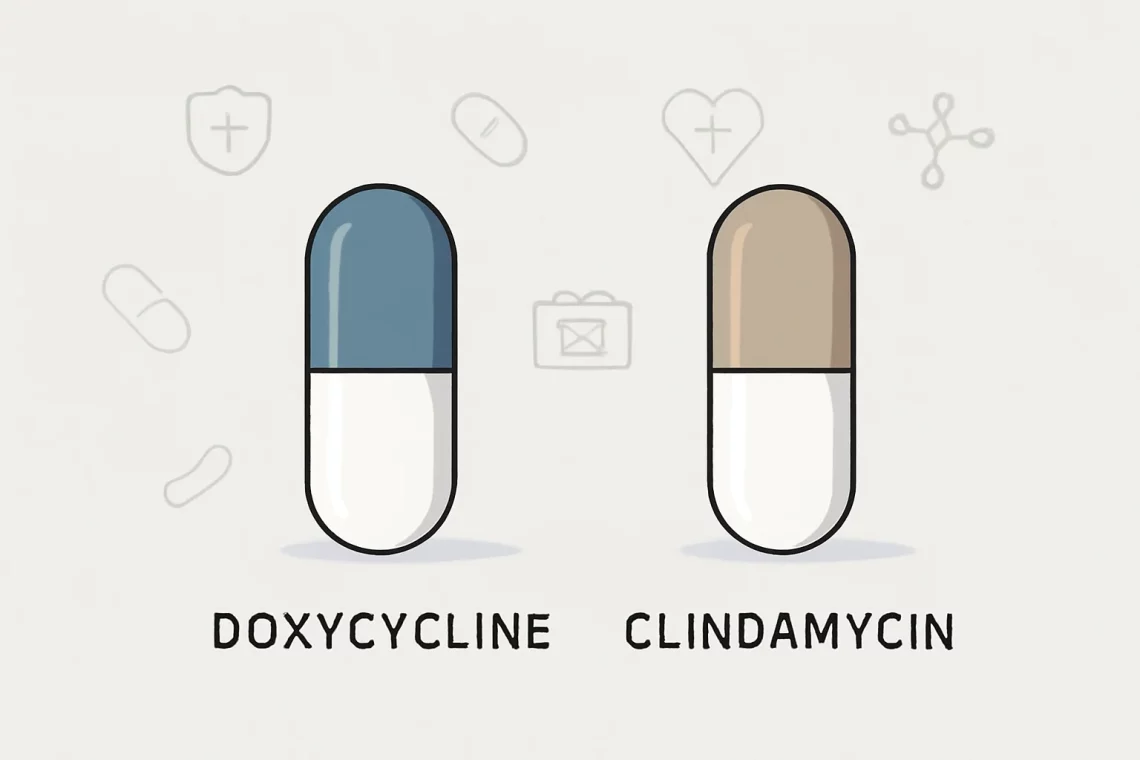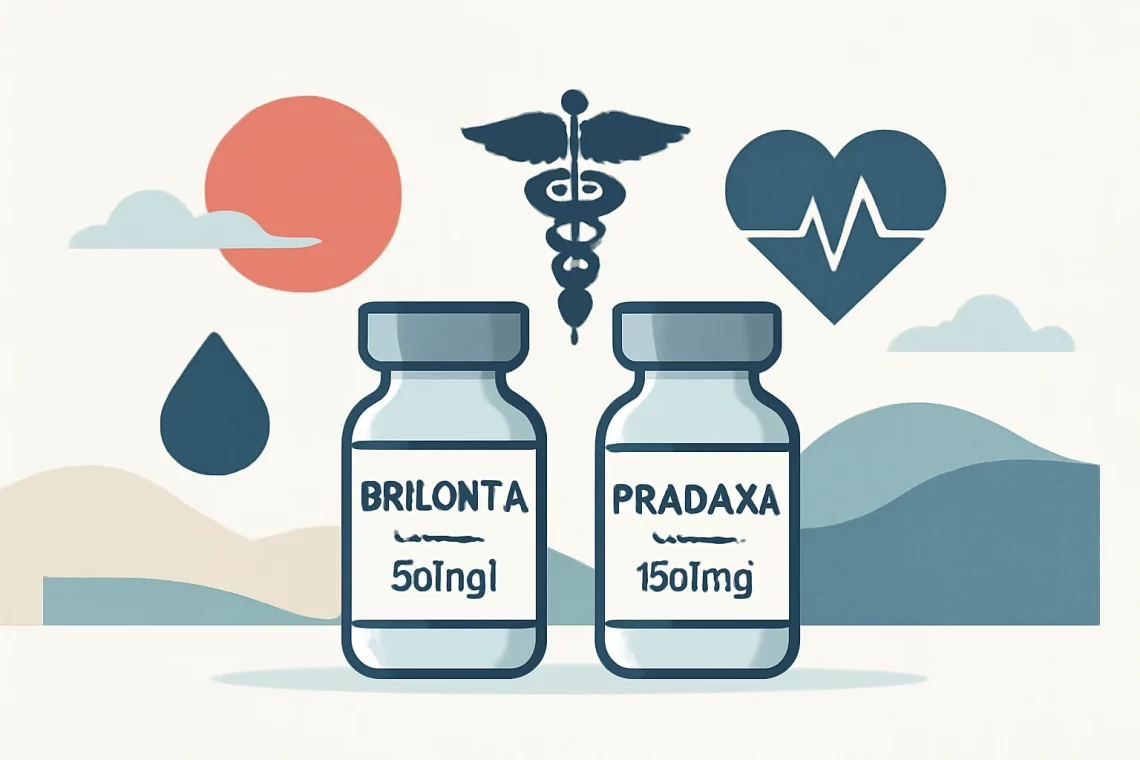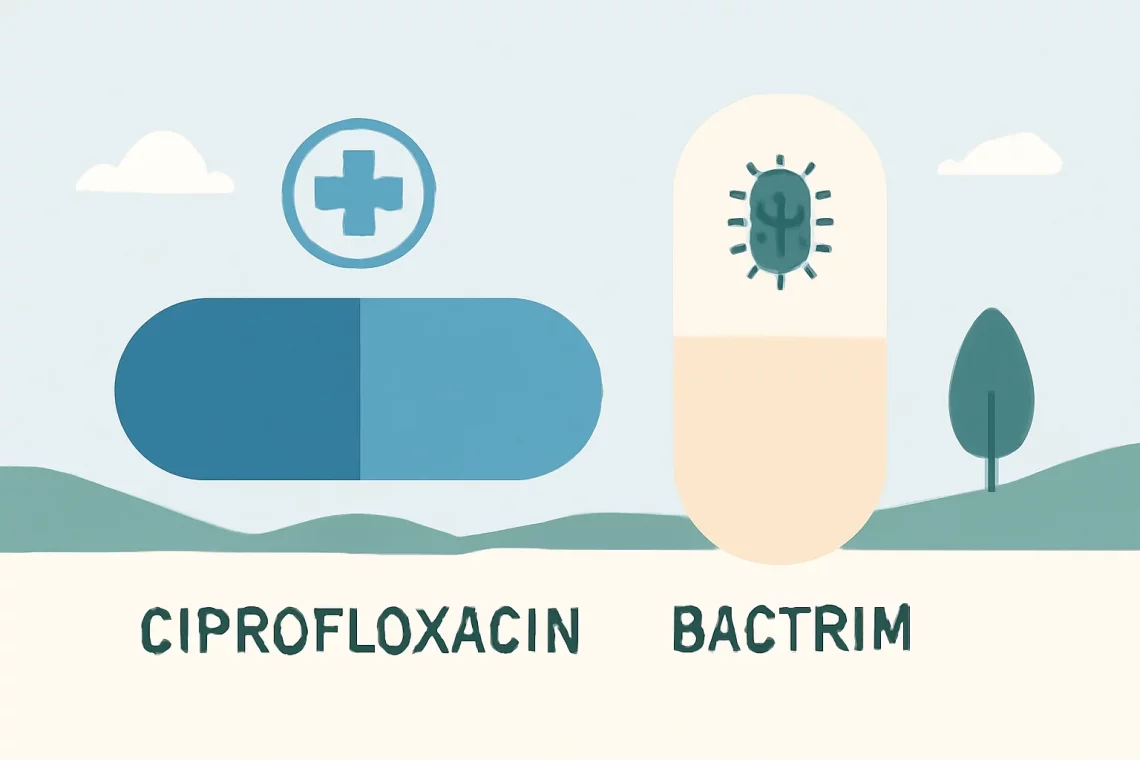-
Lisinopril vs Enalapril: Which Medication is Right for You?
High blood pressure, medically known as hypertension, is a prevalent condition that affects millions of individuals worldwide. Managing hypertension is crucial for reducing the risk of serious health issues such as heart disease, stroke, and kidney failure. Among the various treatment options available, two commonly prescribed medications are Lisinopril and Enalapril. Both belong to a class of drugs called angiotensin-converting enzyme (ACE) inhibitors, which work by relaxing blood vessels and lowering blood pressure. Understanding the differences and similarities between these two medications can help patients and healthcare providers make informed decisions about treatment options. While both Lisinopril and Enalapril serve the same primary purpose, they have unique characteristics, including varying…
-
Rybelsus vs Metformin: Choosing the Right Diabetes Treatment Option
Managing diabetes is a complex and multifaceted challenge that requires careful consideration of various treatment options. Among the most common medications prescribed for Type 2 diabetes are Rybelsus and Metformin, both of which have distinct mechanisms of action and therapeutic benefits. Understanding these differences is crucial for patients, caregivers, and healthcare professionals alike, as it helps inform treatment decisions that can significantly impact a person’s quality of life. While Metformin has long been the first-line medication for managing blood sugar levels, Rybelsus, a newer entrant in the diabetes medication market, offers an innovative approach to glycemic control. Both drugs are designed to help individuals maintain stable blood sugar levels, yet…
-
Doxycycline vs Clindamycin: A Comprehensive Comparison of Antibiotics
Doxycycline and clindamycin are two widely used antibiotics that play crucial roles in the treatment of various bacterial infections. Each of these medications has unique mechanisms of action, indications, and side effects, making them suitable for different clinical scenarios. Understanding the distinctions between doxycycline and clindamycin can help patients and healthcare professionals make informed decisions regarding antibiotic therapy. As antibiotic resistance continues to pose a significant challenge in modern medicine, the appropriate selection of antibiotics is vital to ensure effective treatment while minimizing the risk of developing resistant strains of bacteria. With a comprehensive understanding of both medications, healthcare providers can tailor their prescriptions to the specific needs of their…
-
Brilinta vs Pradaxa: A Comprehensive Comparison of Anticoagulants
Brilinta and Pradaxa are two widely used medications that play crucial roles in managing different cardiovascular conditions. With the increasing prevalence of heart diseases, the need for effective treatments is more significant than ever. Both Brilinta (ticagrelor) and Pradaxa (dabigatran) offer unique mechanisms of action and indications, making them valuable options in clinical practice. Brilinta is primarily an antiplatelet agent, utilized to prevent blood clots in patients with acute coronary syndrome or those who have had a heart attack. Its ability to inhibit platelet aggregation helps reduce the risk of subsequent cardiovascular events. On the other hand, Pradaxa is an anticoagulant that works by directly inhibiting thrombin, a key enzyme…
-
Ciprofloxacin vs Cipro: Understanding the Differences and Uses
Ciprofloxacin and Cipro are terms that often create confusion among patients and healthcare providers alike. Understanding the nuances between these two can significantly impact treatment outcomes. Ciprofloxacin is a broad-spectrum antibiotic belonging to the fluoroquinolone class, widely utilized for treating various bacterial infections. It works by inhibiting bacterial DNA gyrase, a vital enzyme necessary for DNA replication and repair, thereby effectively stopping bacterial growth. Cipro, on the other hand, is simply a brand name for ciprofloxacin. While the two terms are often used interchangeably, it’s essential to recognize that Cipro represents a specific formulation of the active ingredient ciprofloxacin. Brand names like Cipro may also include other inactive components that…
-
Ozempic vs Mounjaro: Which Diabetes Medication is Right for You?
In recent years, the landscape of diabetes management and weight loss treatment has evolved significantly, largely due to the introduction of new medications that target metabolic processes. Among these innovative treatments are Ozempic and Mounjaro, two drugs that have garnered significant attention for their effectiveness. As people seek solutions for managing Type 2 diabetes and weight-related issues, understanding the differences and similarities between these medications becomes crucial. Both Ozempic and Mounjaro belong to a class of drugs known as GLP-1 receptor agonists, which mimic the action of the glucagon-like peptide-1 hormone in the body. This hormone plays a vital role in regulating blood sugar levels and appetite. As a result,…
-
Ativan vs Buspar: Comparing Anxiety Medications and Their Effects
Ativan and Buspar are two medications commonly prescribed for anxiety and related disorders. While they are both used to alleviate symptoms of anxiety, they belong to different classes of drugs and have distinct mechanisms of action, side effects, and usage considerations. Understanding the differences between these two medications can help patients make informed decisions about their treatment options. Ativan, known generically as lorazepam, is a benzodiazepine that works by enhancing the effects of a neurotransmitter called gamma-aminobutyric acid (GABA) in the brain. This results in a calming effect, which can help reduce feelings of anxiety and promote relaxation. On the other hand, Buspar, or buspirone, is an anxiolytic that does…
-
Clindamycin vs Bactrim: Choosing the Right Antibiotic for You
Clindamycin and Bactrim are two commonly prescribed antibiotics that serve important roles in the treatment of various bacterial infections. Both medications are effective but differ in their mechanisms of action, spectrum of activity, and potential side effects. Understanding these differences is essential for both healthcare providers and patients to make informed decisions about treatment options. Antibiotics like Clindamycin and Bactrim are vital tools in modern medicine, addressing infections that can range from mild to life-threatening. They work by targeting bacterial cells, either killing the bacteria or inhibiting their growth. However, with the rise of antibiotic resistance, the careful selection of the appropriate antibiotic is crucial. Factors such as the type…
-
Ciprofloxacin vs Bactrim: Choosing the Right Antibiotic for You
Ciprofloxacin and Bactrim are two widely used antibiotics that play a crucial role in the treatment of various bacterial infections. As antibiotic resistance becomes a growing concern, understanding the mechanisms, effectiveness, and potential side effects of these medications is essential for informed healthcare decisions. Each antibiotic has its own unique profile, making it suitable for different types of infections and patient conditions. Ciprofloxacin, a fluoroquinolone antibiotic, works by inhibiting bacterial DNA gyrase, which is vital for bacterial replication. On the other hand, Bactrim, a combination of sulfamethoxazole and trimethoprim, disrupts the bacterial folic acid synthesis, thereby hindering bacterial growth. The choice between these two antibiotics often depends on the specific…
-
Zepbound vs Rybelsus: A Comprehensive Comparison of Diabetes Treatments
The rise of innovative medications has significantly transformed the landscape of chronic disease management, particularly in the realm of diabetes treatment. With the ongoing evolution of pharmacological options, patients and healthcare providers alike are faced with a plethora of choices, each promising unique benefits and mechanisms of action. Among these, Zepbound and Rybelsus have emerged as noteworthy contenders in the fight against type 2 diabetes. Both medications harness the power of GLP-1 receptor agonists, a class of drugs that mimics the activity of incretin hormones to promote insulin secretion and regulate blood sugar levels. As diabetes continues to be a global health challenge, understanding the nuances of these medications can…







































